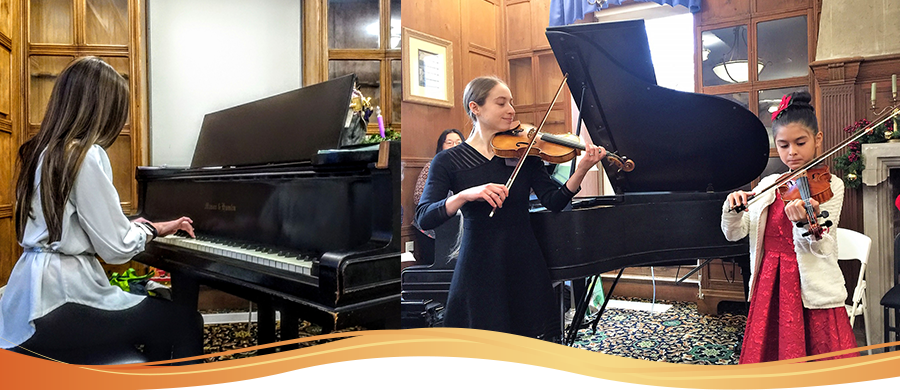Cellist age 15 plays Haydn Cello Concerto in C, first movement
A concerto is a big piece designed to show off a solo instrument, originally written with accompaniment by an orchestra. In recital, the piano plays a condensed version of the orchestra part, with the student's teacher providing a bass line (called a "continuo"). So you have to imagine the several dozen other instruments and performers who would normally provide the backing for the solo cello.
Concertos are often written in three “movements” which are separate but related pieces – usually following the pattern of fast first movement, slow second, fast (sometimes very fast!) third movement. This first movement covers the full range of the cello, starting with big chords for all four strings, and sometimes climbing to sections high enough to be played (more easily!) on a violin. Listen out for the cadenza just before the end – a free-form solo section where the orchestra drops out and leaves the cellist to show off her technical skills.
Austrian composer Franz Josef Haydn wrote this piece in 1761 for his friend Josef Weigl, the principal cellist in the orchestra of Prince Nicolaus of Esterhazy, where Haydn was court composer at the time.



